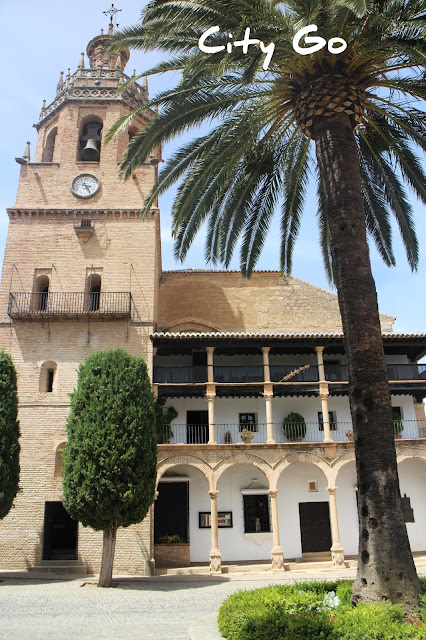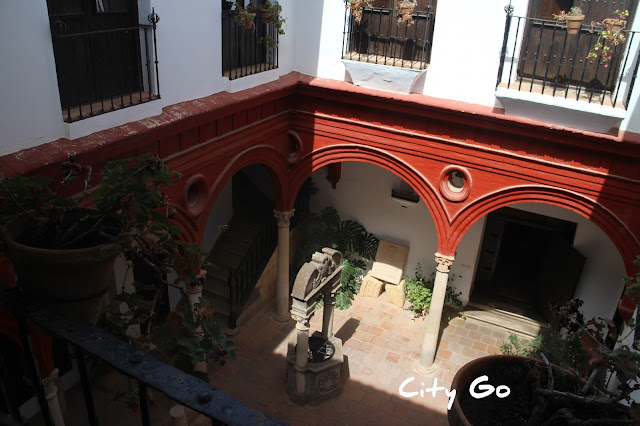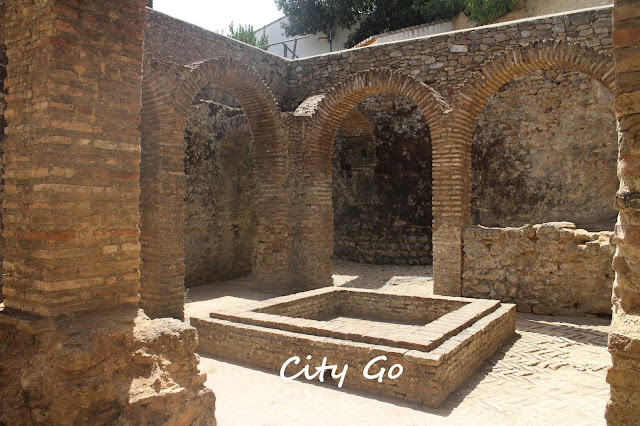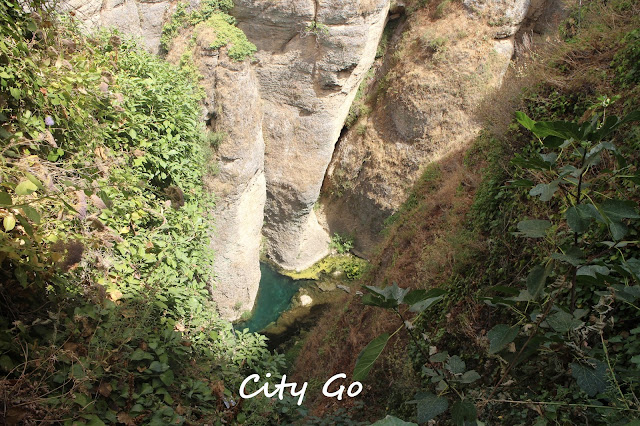The Castle of the Christian Monarchs is a military fortification, built by orders of Alfonso XI de Castilla in 1328, over previous constructions, mainly Arab. It was home, for eight years, to the Christian Monarchs, Fernando II de Aragon and Isabel I de Castilla during their campaign against the kingdom of Granada. It was later used as one of the first tribunals and headquarters of the Spanish Inquisition, which converted much of it in interrogation and torture chambers. The Alcazar served as a garrison for Napoleon Bonaparte and his troops in 1810 and was later converted into a prison. It was classified as World Heritage by UNESCO in 1994 (extension). Opening hours : Monday to Saturday 8.30 a.m. to 3 p.m. (2.30 p.m. Sundays and holidays). Closed on Mondays and August 15th. Entrance fee : €4.50 How to go: From Seville (about 40 minutes, aprox. every hour, €21) or Madrid (about 1h50m, every 30 minutes, €62.70) you can take the AVE train. More information here . ...










